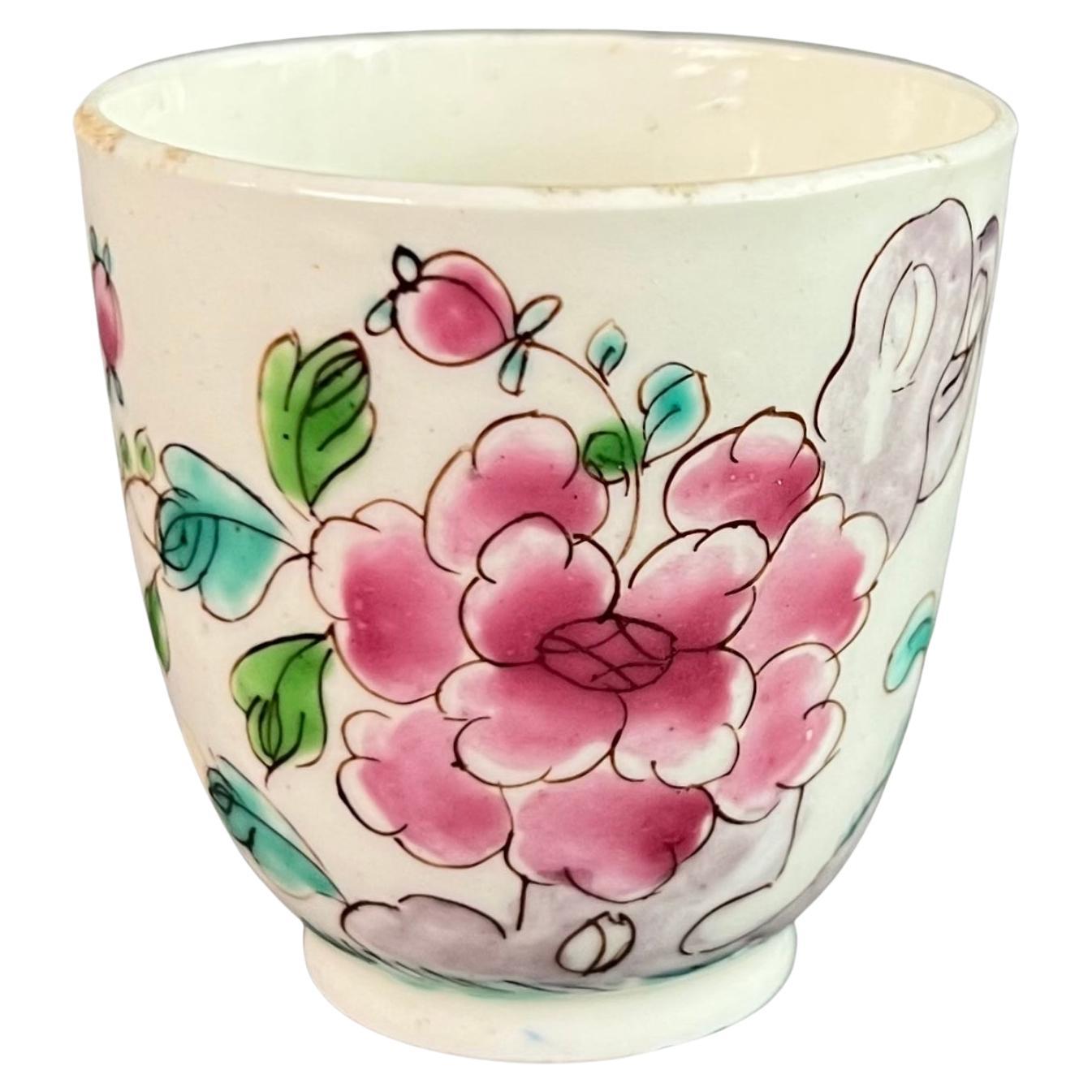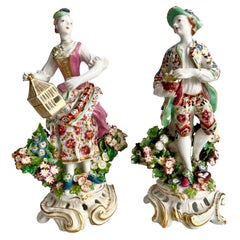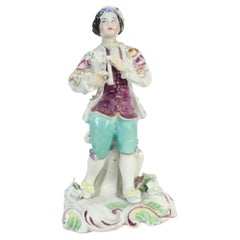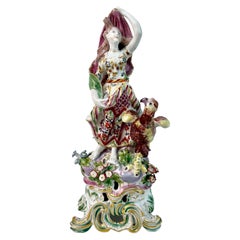Questions & Answers
Our trusted network of 1stDibs sellers answer common questions
How can you tell the difference between hard and soft paste porcelain?
1 Answer

The best way to tell the difference between hard paste and soft paste porcelain is to look at a broken or chipped piece. Hard paste porcelain fractures are brittle and smooth, while soft paste porcelain fractures are chalky and break along the grain. On 1stDibs, find a selection of hard and soft paste porcelain pieces from top sellers around the world.
1stDibs ExpertApril 5, 2022
Related Questions
- What is a paste brooch?1 Answer
- What is antique paste jewelry?1 Answer
- What does paste mean in antique jewelry?1 Answer
- What is the difference between semi-porcelain and porcelain?1 Answer
- What is Lladró porcelain?1 Answer
Shop for Bow Porcelain on 1stDibs
Bow Pair of Porcelain Figures of Liberty & Matrimony, Rococo 1760-1764
By Bow Porcelain
Located in London, GB
This is a fabulous pair of figures of Liberty and Matrimony made by the Bow Porcelain factory between 1760 and 1764. These figures were a popular pair portraying marriage.
The bow p...
Category
Antique 1760s English Rococo Figurative Sculptures
Materials
Porcelain
$2,590 Sale Price / set
30% Off
Free Shipping
Antique 18th Century Bow English Porcelain Figure of a Flute Player
By Bow Porcelain
Located in Philadelphia, PA
An antique English porcelain figurine.
By Bow.
In the form of a boy clothed in 18th century garb and holding a flute.
We've noted losse...
Category
Antique 18th Century English Georgian Porcelain
Materials
Porcelain
Bow Porcelain Figure of Juno with Eagle 'Jupiter', Rococo Ca 1765
By Bow Porcelain
Located in London, GB
This is a very rare and impressive large figure of Juno with an eagle, made by the Bow Porcelain factory in about 1765. This figure formed part of a series of the Four Elements, with...
Category
Antique 1760s English Rococo Figurative Sculptures
Materials
Porcelain
$2,100 Sale Price
30% Off
Free Shipping
Bow Porcelain Figure of Boy Putto on C-Scroll Base, Georgian circa 1760
By Bow Porcelain
Located in London, GB
This is a wonderful little figure of a boy or putto made by the Bow Porcelain factory in about 1760.
The Bow Porcelain Factory was one of the first potteries in Britain to make soft...
Category
Antique 1760s English Rococo Figurative Sculptures
Materials
Porcelain
$479 Sale Price
52% Off
Free Shipping
18th-cebtury Bow Porcelain Chinoiserie Tankard
By Bow Porcelain
Located in Downingtown, PA
New Canton Fantasy: Bow Porcelain Chinoiserie Tankard
Object: Polychrome Polychrome Tankard (Mug)
Maker: Bow Porcelain Factory ("New Canton"), London
Date: Circa 1760-1765
Medium: S...
Category
Antique Mid-18th Century English Agra Porcelain
Materials
Porcelain
Bow Pair of Porcelain Figures, Arlecchino and Columbina, Rococo ca 1758
By Bow Porcelain
Located in London, GB
This is a wonderful pair of figures of Arlecchino and Columbina, made by the Bow Porcelain factory in about 1758. These figures formed part of a series of the Commedia dell'Arte, a very popular series of theatrical figures that served as decoration at the dinner table in the 18th Century.
The Bow Porcelain Factory was one of the first potteries in Britain to make soft paste porcelain, and most probably the very first to use bone ash, which later got perfected by Josiah Spode to what is now the universally used "bone china". Bow was the main competitor of the Chelsea Porcelain Factory, but where Chelsea made very fine slipcast porcelain, Bow made a different soft paste porcelain that tended to be softer and could be pressed into moulds. Bow served a larger public generally at lower prices. The factory was only in operation between 1743 and 1774, after which the tradition got incorporated into some of the later famous potteries such as Worcester and Derby.
These figures were used to adorn the dinner table when dessert was served; groups of figures served to express something about the host, the guests, or to direct the conversation. The Italian Commedia Dell'Arte, a comical form of masked theatre, was very popular in those days and Bow copied many figures of the German Meissen series that were brought out in the decades before.
This pair dates from about 1758, which was at the height of Bow's ability to make beautiful figurines often copied from Chelsea or Meissen. The pair is modelled after a Meissen pair by Kaendler. The porcelain is translucent with a beautiful milky glaze - Bow was probably the first pottery using bone in its porcelain recipe. Arlecchino (Harlequin) is playing the bagpipes, dressed in an odd costume of mismatched chintz and playing cards and wearing a funny black trumpet...
Category
Antique 1750s English Rococo Figurative Sculptures
Materials
Porcelain
$2,880 Sale Price / set
20% Off
Free Shipping


